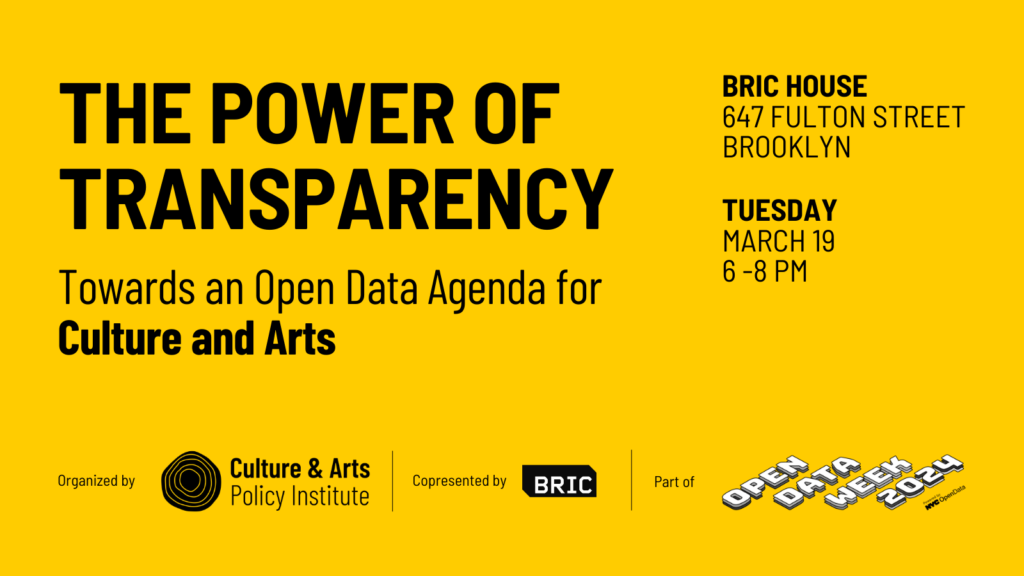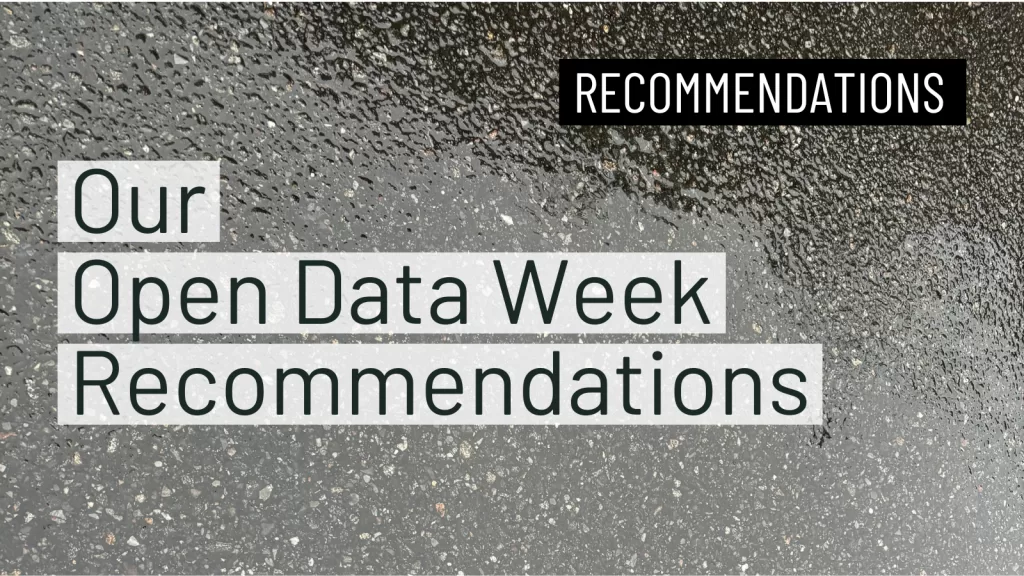The Independent Budget Office (IBO) of New York City recently released a comprehensive report titled “Giving Some Back, Leaving Others Out: IBO’s Analysis of the Administration’s Second Consecutive Program to Eliminate the Gap This Fiscal Year.” Released in February 2024, the report scrutinizes the city’s fiscal adjustments and their implications across various sectors. The report includes an analysis of the Department of Cultural Affairs (DCLA), revealing the financial recalibrations and their direct impact on the city’s vibrant culture and arts ecosystem.
The section dedicated to Culture and Arts on page 9 of the report sheds light on the overarching reductions to the DCLA’s budget. These cuts are not just numbers on a spreadsheet; they translate into tangible challenges to artists, cultural workers, and culture and arts organizations, which are instrumental in fostering New York City’s dynamic culture and arts sector and its impact on the City’s economy and social wellbeing of New Yorkers.
Impact on the Cultural Development Fund (CDF)
The report further delves into the repercussions for the DCLA’s Cultural Development Fund, a pivotal source of support for the culture and arts initiatives across the five boroughs. The analysis highlights a concerning trend: a significant decrease in allocations that will stifle the growth and diversity of New York City’s cultural landscape. The funding cuts elucidated in the report suggest a move that hinders the program’s ability to support a wide array of projects, especially those by smaller, community-focused organizations that rely heavily on government grants for their operations and outreach.
The findings include
- Total reductions are approximately $7 million in FY24 ($3 million in November, $4 million in January), about 11%.
- About 80% of the more than 1,000 grantees received smaller or no awards than last year.
- The average reduction was 31% (about $16,000). However, the average masks substantial variation when grouping by the size of the award.
- Organizations with larger awards received proportionally smaller average cuts (21%), whereas organizations with smaller 2023 awards saw an average reduction of 59%.
The Dataset
A critical component of the IBO report is the inclusion of a dataset detailing allocations for CDF grantees over six fiscal years encompassing pre-pandemic FY19-20), pandemic (FY 21-22), and post-pandemic periods, including the implementation of CDF reforms (FY 23-24). This dataset, which also incorporates NYC council member item allocations, offers a glimpse of a quantitative perspective on the funding dynamics over these pivotal years.
Open Data and Evaluation Challenges
From an Open Data perspective, DCLA’s presentation of awards, including member items, presents significant challenges for comprehensive analysis. Even though the dataset IBO uses can be found in the city’s open data portal, their quality requires improvement to increase interpretability.
Datasets must abide by the open data principle of completeness: they must be published in primary forms (i.e., as collected at the source) with the finest possible level of granularity. In the case of the data concerning DCLA awards, data aggregation complicates efforts to evaluate the success of recent reforms to the CDF process intended to bring equity to distributing public funds.
Additionally, the information that should be contained in the dataset’s Data Dictionary is also incomplete. It does not include “information on the method of collection, a history of modifications to the data set format, or key contextual information” as mandated by Local Law 107 of 2015.
The dataset also lacks a distinct identification number for each grantee, such as an Employer Identification Number (EIN). Without distinct identification numbers, any attempts to cross-reference the DCLA’s data with other data sources to expand information about the grantees will result in a less-than-perfect dataset.
With the inability to dissect allocations by organizational size, location, discipline, and the race and ethnicity of leadership and communities served, stakeholders are left with a less nuanced understanding of the funding’s impact. This limitation underscores a critical area for improvement in open data quality. It highlights the need for more robust reporting mechanisms to enable a deeper, more informed analysis of culture and arts, local public funding, and its distribution across New York City’s diverse cultural landscape.
These and other limitations of funding data can be overcome by including cultural workers, organizations, and other stakeholders in the definition of data collection priorities and characteristics.
Conclusion
While shedding light on the fiscal adjustments and their immediate impacts on culture and arts funding in New York City, the IBO’s report also brings significant concerns regarding data transparency and utility to the fore. As stakeholders in the city’s culture and arts future, it is imperative to advocate in front of DCLA for enhanced data practices to offer a more transparent, more detailed view of how funding decisions are made and their effects on the culture and arts ecosystem. Only through such clarity and transparency can we navigate the challenges presented by budget cuts, ensuring that New York City’s culture and arts communities continue to thrive and enrich the lives of all New Yorkers.


